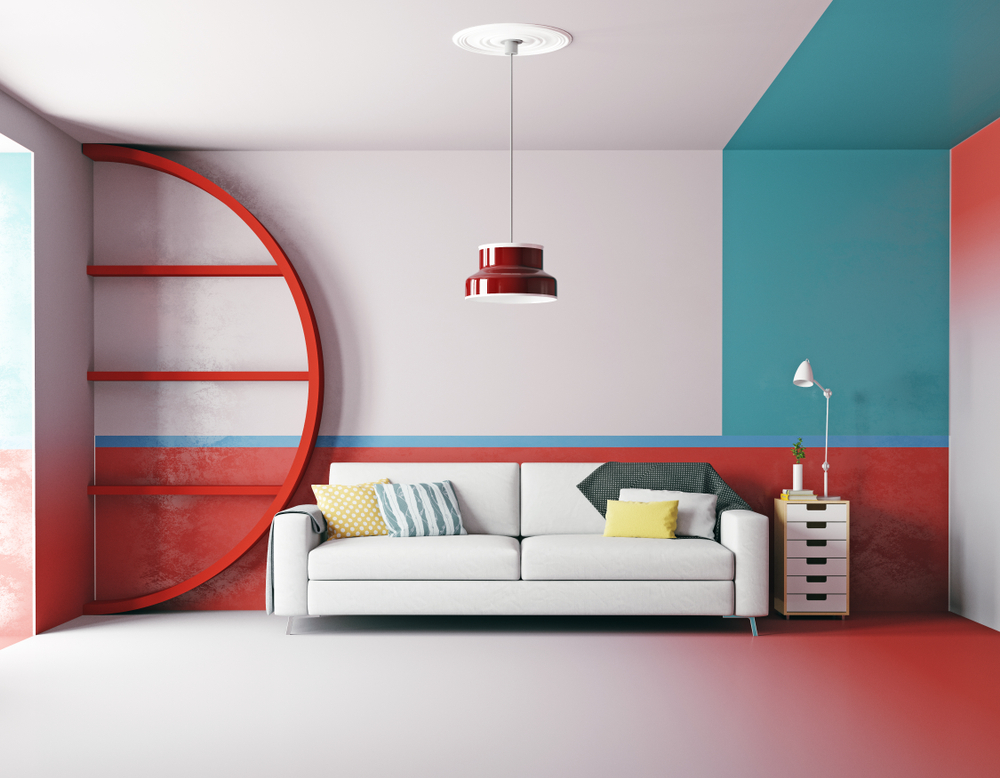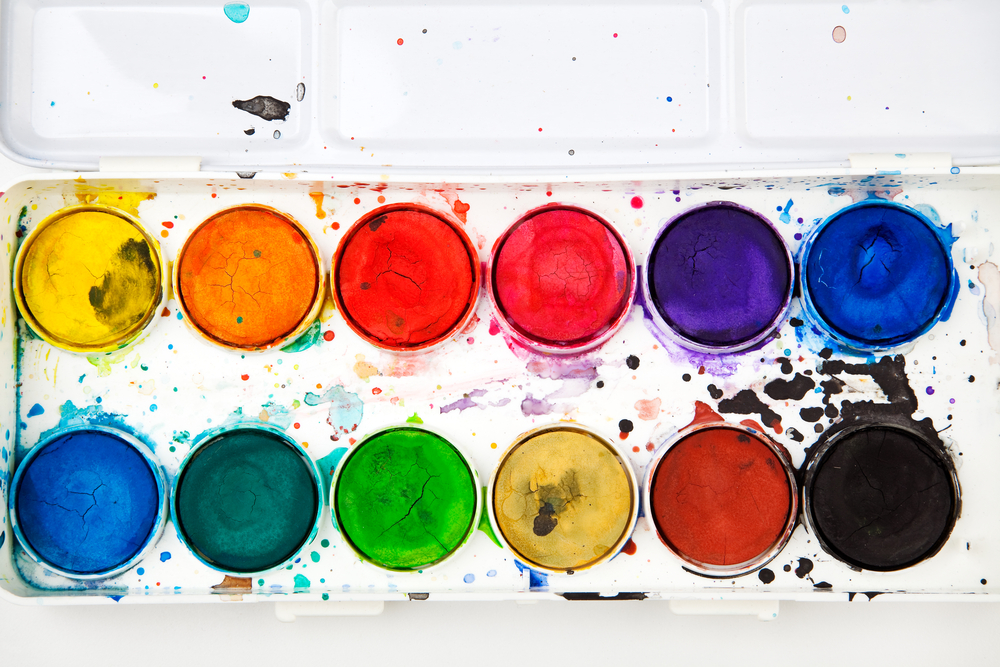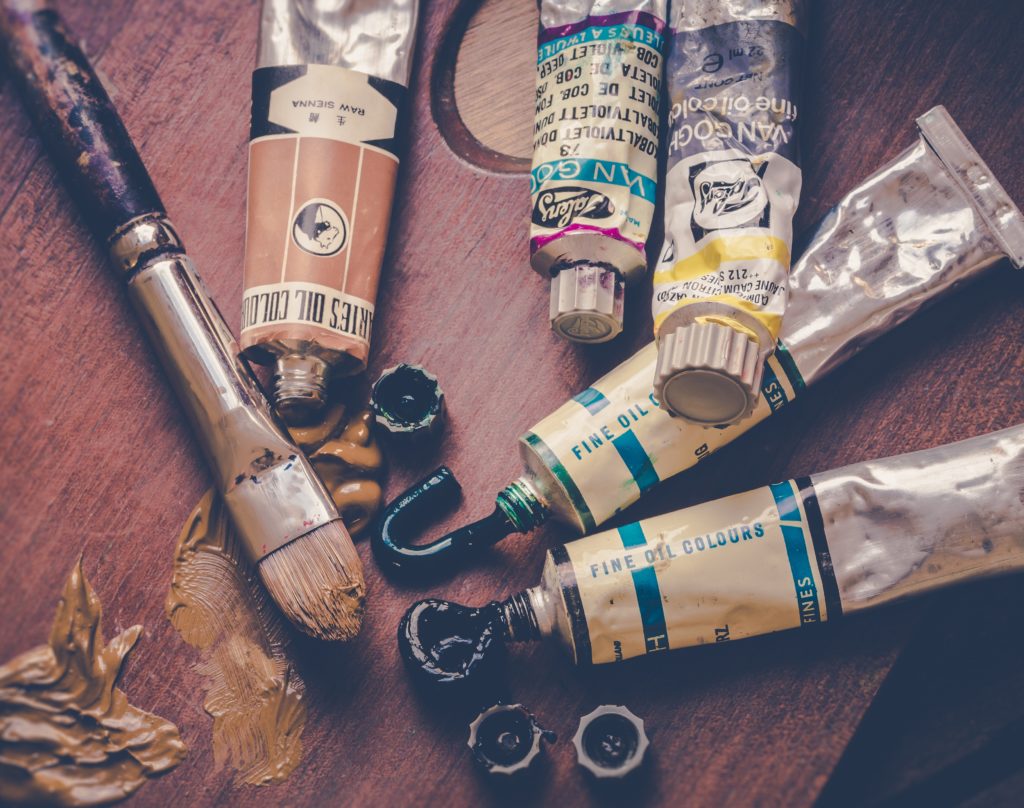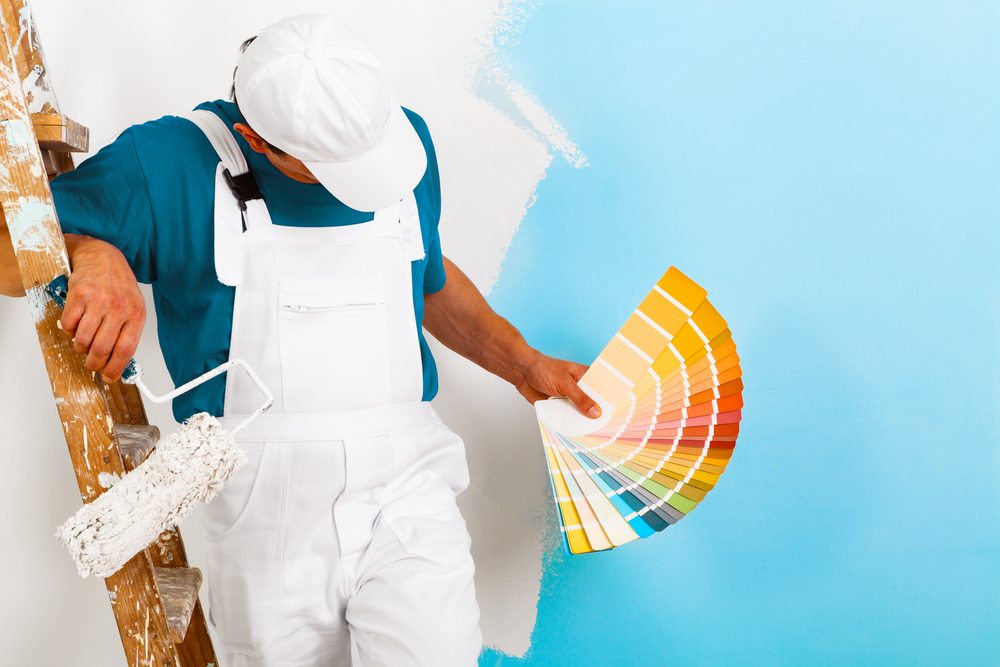Paint is far more diverse than people realize. You would never use a watercolor to paint your entire house and spray paint is completely different than acrylic. With this handy guide, you’ll never again confuse your oils and your enamels.
WATERCOLORS
Watercolors are likely to be the kind you see attached to kids’ activity books, but they can also be used to create beautiful paintings on their own. A pigment is mixed with gum then diluted with water. The result is translucent and builds up darker colors through repeated layers, a unique trait for paint. Fun fact: a primitive version of watercolor was used by Neanderthals to create cave paintings.
ENCAUSTICS
When you mix pigments with melted wax, you get encaustic paints. While it behaves similarly to oil paints (discussed below), it is favored for not being affected by moisture and for its overall longevity. However, encaustic paint must be kept warm during painting, which can be difficult to master and easy to mess up. They’re also expensive, making them less-than-ideal for many.
OIL PAINTS
Considered by many to be the default paint type, oil paints are exactly what they sound like: pigments mixed with oil. They’re incredibly versatile, can be both translucent or opaque, and capture a great many textures. Despite its ubiquity, oil painting never reached Europe until the 11th century, although it was first documented in Afghanistan in the 7th century.
ACRYLIC
Acrylic is unique in that it can be as transparent as watercolors, but also as bold and dark as oils. It also dries quickly, thanks to the synthetic acrylics used. They are more susceptible to warping, however, and fumes can be toxic if not dealt with properly. Still, the ability to use acrylics with other mediums such as pastels and graphite makes it great for experimentation and layering.
GOUACHE
The untrained eye might mistake gouache paintings for watercolors, and for good reason. The two are made almost the exact same way, but gouache paints are mixed with opaque white. This creates a smooth layer that reflects light and has the richness of oil paints. They are still vulnerable to moisture, however. This kind of paint was very popular with Rococo artists in the 1700s.
These are all paints you would use on a canvas, paper, or other surfaces to create fine art. If you want to paint your walls, however, it’s better to use one of the following.
MATTE PAINT
This is the most common kind of interior paint. While there’s no shine or texture to the finish, it’s ideal for walls and ceilings without distractions. It’s easy to apply, even if it sometimes takes multiple coats. It also requires regular retouching since it’s very susceptible to marking.
EGGSHELL
An eggshell paint is defined by its subtle shine but lacks the smoothness associated with satin. It doesn’t bring attention to imperfections quite as much and can cover in a single coat. Oh and contrary to popular belief, it does not contain any actual eggshells.
MATTE ENAMEL
Matte enamel, as the name implies, is very similar to regular matte paint. It’s more durable and easier to clean, so it’s great for kitchens and families with children. However, it still needs multiple coats to get full coverage, but overall is less limited than traditional matte.

SATIN
If you don’t understand satin paint, you’re not alone. It’s somewhere between gloss and matte, resulting in a softer sheen. Imperfections jump out even more when covered by a satin finish, and you’ll need to clean your walls regularly. It’s probably best to use as an accent rather than the main color.
GLOSS/SEMI-GLOSS
These shiny paints are appealing but bring flaws to the forefront and require multiple coats. They also take much longer to dry due to the shine. Semi-gloss is less shiny than a regular gloss, although regular gloss paint is more common.







